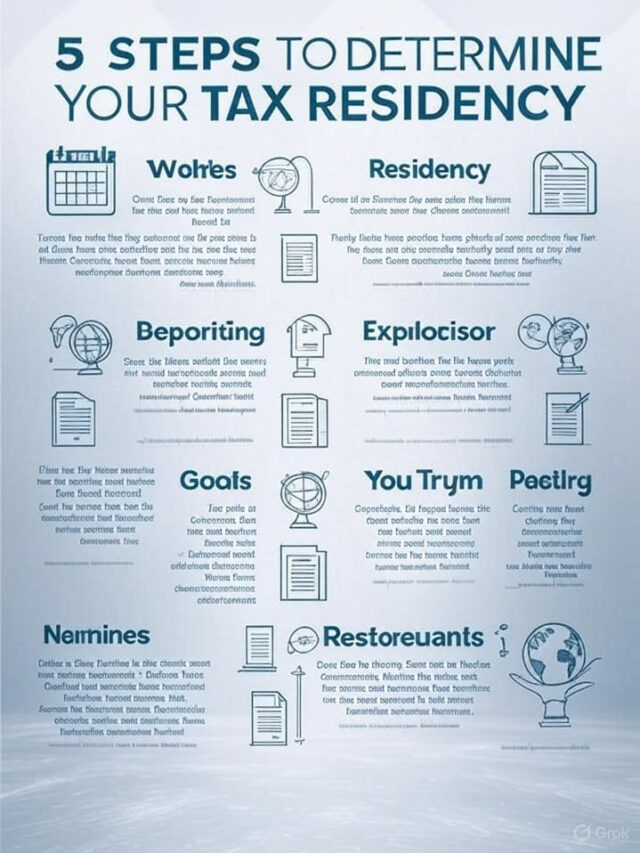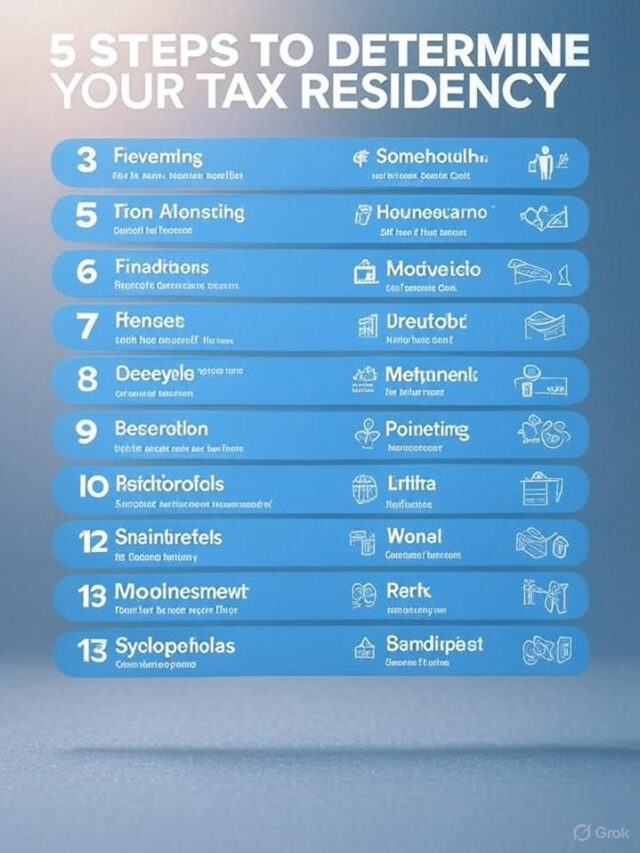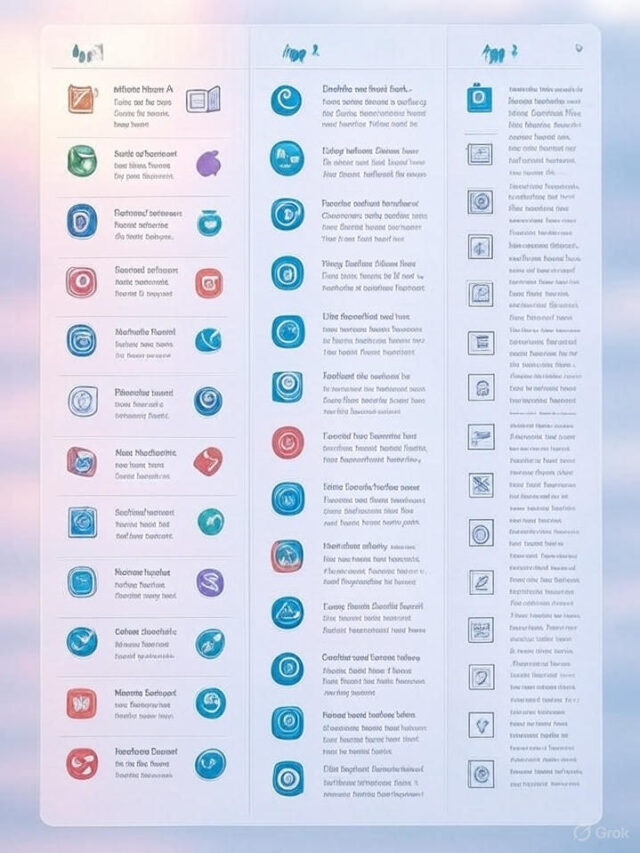
How to Master Adjusting to Society After Being Away Like a Pro
Life can take us on unexpected detours—whether it’s time spent abroad, a stint in isolation, or even a personal hiatus from the hustle and bustle. Coming back to the rhythm of society can feel like stepping onto a moving train. Adjusting to society after being away isn’t just about catching up; it’s about rediscovering your place in a world that’s kept spinning without you. This article, crafted with insights from psychologists, sociologists, and real-life reintegration stories, will guide you through this transition with practical, uplifting strategies. Let’s dive into how you can reclaim your groove with confidence and flair.
Table of Contents
Why Adjusting to Society Feels Like a Challenge
Step 1: Embrace the Emotional Rollercoaster
Step 2: Rebuild Connections with Purpose
Step 3: Navigate New Social Norms Like a Pro
Step 4: Create a Routine That Grounds You
Practical Tips for a Smooth Transition
Conclusion: You’ve Got This!
FAQs
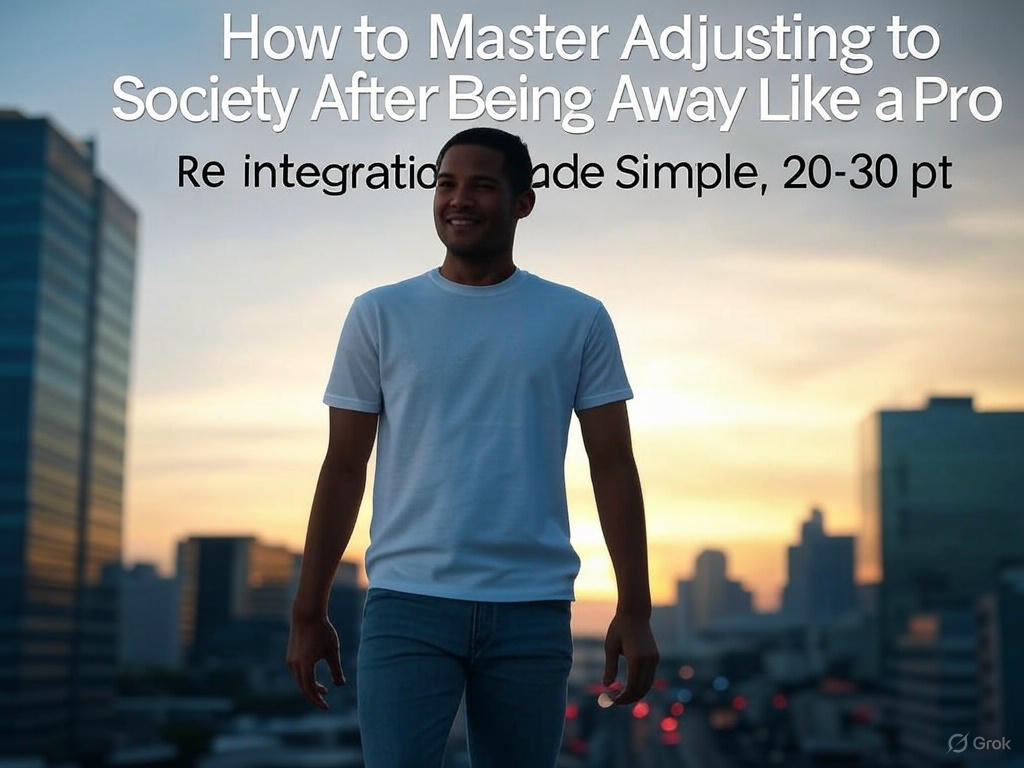
Why Adjusting to Society Feels Like a Challenge
Returning to society after a long absence—whether due to travel, incarceration, illness, or intentional solitude—can feel overwhelming. A 2021 study by the American Psychological Association found that 68% of people who experienced prolonged isolation reported anxiety when reintegrating. Why? Society evolves. Trends shift, slang changes, and even your best friend’s coffee order might be unrecognizable. Plus, you’ve changed too. Your priorities, perspectives, and even your tolerance for small talk might not align with the “old you.”
The good news? This discomfort is normal. It is a sign of growing. Adjusting to society after being away is like learning to dance to a new beat. You might stumble, but with the right steps, you’ll find your rhythm.
Step 1: Embrace the Emotional Rollercoaster
First things first: give yourself permission to feel. Reentering society can stir up a cocktail of emotions—excitement, anxiety, nostalgia, or even alienation. Acknowledging them is the first step to processing and moving forward.”
Here’s how to ride the wave:
-
Journal it out: Write about your fears, hopes, and observations. A 2019 study in Journal of Positive Psychology showed journaling reduces stress by 23%.
-
Talk to a trusted friend: Share your experience with someone who listens without judgment.
-
Practice self-compassion: Remind yourself it’s okay to feel out of place. You’re not alone in this.
Embracing your emotions isn’t just cathartic—it’s empowering. It is a trailer before coming full movie.
Step 2: Rebuild Connections with Purpose
Humans are social creatures, and relationships anchor us. But reconnecting after being away can feel awkward. Maybe your old crew has new inside jokes, or you’re worried about being “that person” who’s out of the loop. Don’t sweat it. The key is intentionality.
Try these connection-boosting strategies:
-
Start small: Invite one person for coffee instead of diving into a group hangout.
-
Be curious: Be interested and findout what is going on in their lives. People love talking about themselves (it’s science—check out Harvard’s 2017 study on social bonding).
-
Join new circles: Explore meetups or online communities related to your interests. Platforms like Meetup.com report a 30% increase in group memberships post-pandemic.
Rebuilding connections isn’t about recreating the past—it’s about forging meaningful ties for the present. You’re not starting from scratch; you’re adding new chapters to your story.
Step 3: Navigate New Social Norms Like a Pro
Society doesn’t stand still. Adjusting to society after being away means decoding new social cues—like why everyone’s obsessed with “quiet quitting” or what the heck a “situationship” is. These shifts can feel like a foreign language, but you don’t need a PhD in sociology to crack the code.
Here’s how to stay savvy:
-
Observe and adapt: Watch how people interact at work, in public, or on social media. Mimic what feels authentic to you.
-
Ask questions: Don’t be shy to say, “Wait, what’s that mean?” Most people love playing teacher.
-
Limit overwhelm: You should be vigilant about your social media feeds. Try to avoid too much information loading to the Social Media. Unfollow accounts that make you feel behind.
Each interaction is a chance to learn, not a test to pass.
Step 4: Create a Routine That Grounds You
Routines are the unsung heroes of reintegration. They provide structure in a world that can feel chaotic. A 2022 study from the University of California found that consistent routines improve mental health by 15% in transitional periods. Whether it’s a morning jog or a nightly gratitude list, routines anchor you.
Build a routine with these steps:
-
Start with one habit: Maybe it’s making your bed or brewing coffee at 7 a.m. Small wins build momentum.
-
Incorporate social time: Fix a time table for social connection and interaction.
-
Balance flexibility and structure: Leave room for spontaneity to avoid feeling trapped.
Your routine is your compass. It doesn’t have to be perfect—it just has to work for you.
Practical Tips for a Smooth Transition
Ready to hit the ground running? These actionable tips will make adjusting to society after being away feel less like a chore and more like an adventure:
-
Set realistic expectations: You won’t feel “normal” overnight. Aim for progress, not perfection.
-
Celebrate small victories: Did you survive a networking event? Pop some confetti (mentally or literally).
-
Seek professional support if needed: Therapists or life coaches can offer tailored guidance.
-
Stay curious: Approach change with a learner’s mindset. Every challenge makes you stronger.
Adjusting to society after being away is a journey, not a race.
You’ve Got This!
Adjusting to society after being away might feel like stepping into a whirlwind, but you’re more equipped than you think. By embracing your emotions, rebuilding connections, navigating new norms, and grounding yourself with a routine, you’re not just catching up—you’re carving out a space that’s uniquely yours. You’re not the same person you were before, and that’s a good thing. The world is waiting for the updated, unstoppable version of you. So, take a deep breath, flash that smile, and step into your comeback story with confidence.
FAQs
Q: How long does it take to adjust to society after being away?
A: It varies. Psychologists say it can take anywhere from a few weeks to six months, depending on the length of absence and personal circumstances. Patience is key!
Q: What if I feel like I don’t fit in anymore?
A: Feeling out of place is common. Focus on small, meaningful connections and explore new communities that align with your current interests.
Q: Can therapy help with reintegration?
A: Absolutely. A therapist can provide tools to manage anxiety, process emotions, and build confidence during this transition.
Q: How do I stay motivated when reintegration feels hard?
A: Celebrate small wins, lean on supportive people, and remind yourself that discomfort is a sign of growth. You’re stronger than you know!


Tax Strategies for Digital Nomads: A Comprehensive Guide to Staying Compliant and Saving Money
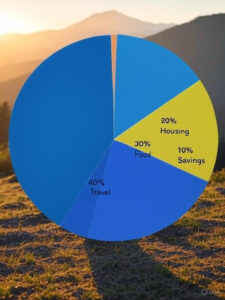

Saving Money as a Digital Nomad: A Comprehensive Guide to Financial Freedom


The Best Budgeting Apps for Digital Nomads: Managing Finances on the Go
Pages
Categories
Recent Posts

Retirement Planning for Digital Nomads: A Roadmap to Financial Freedom on the Move

Tax Strategies for Digital Nomads: A Comprehensive Guide to Staying Compliant and Saving Money


Saving Money as a Digital Nomad: A Comprehensive Guide to Financial Freedom



